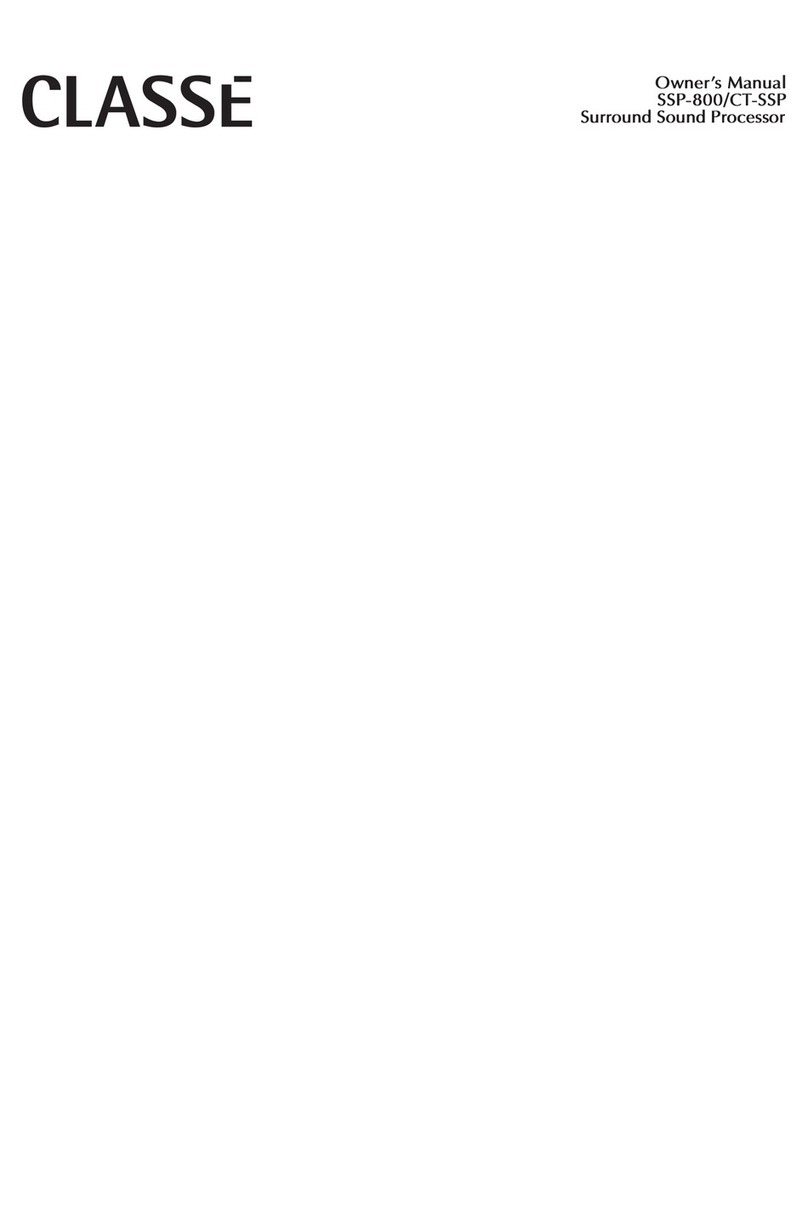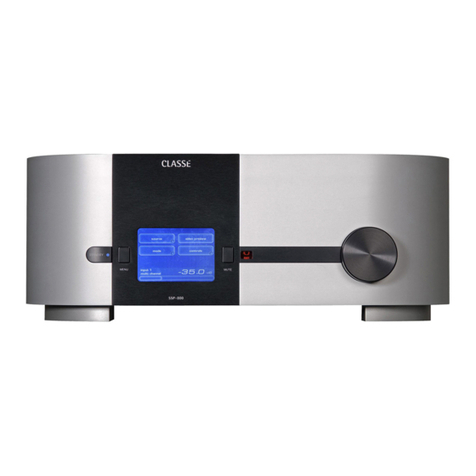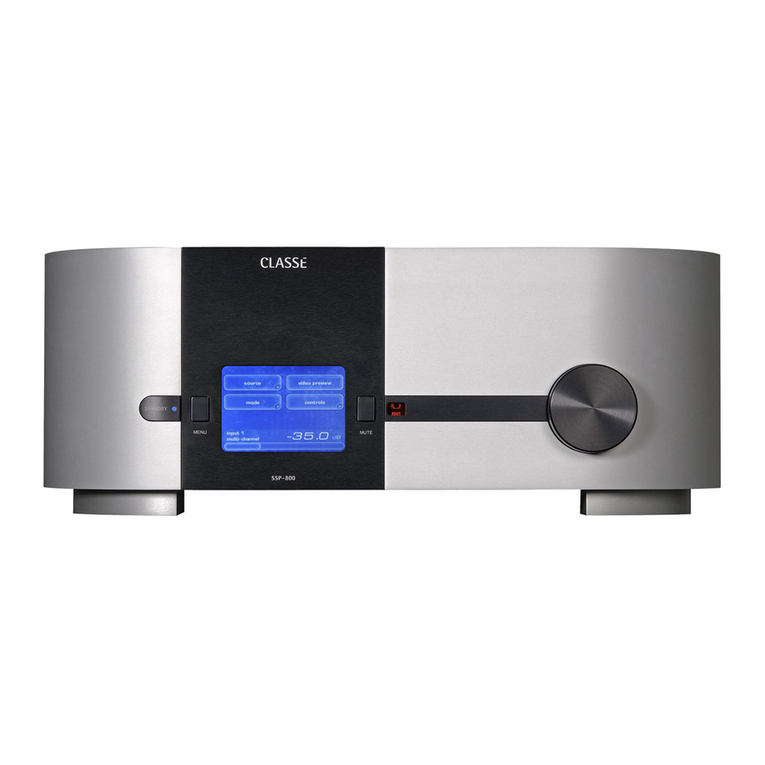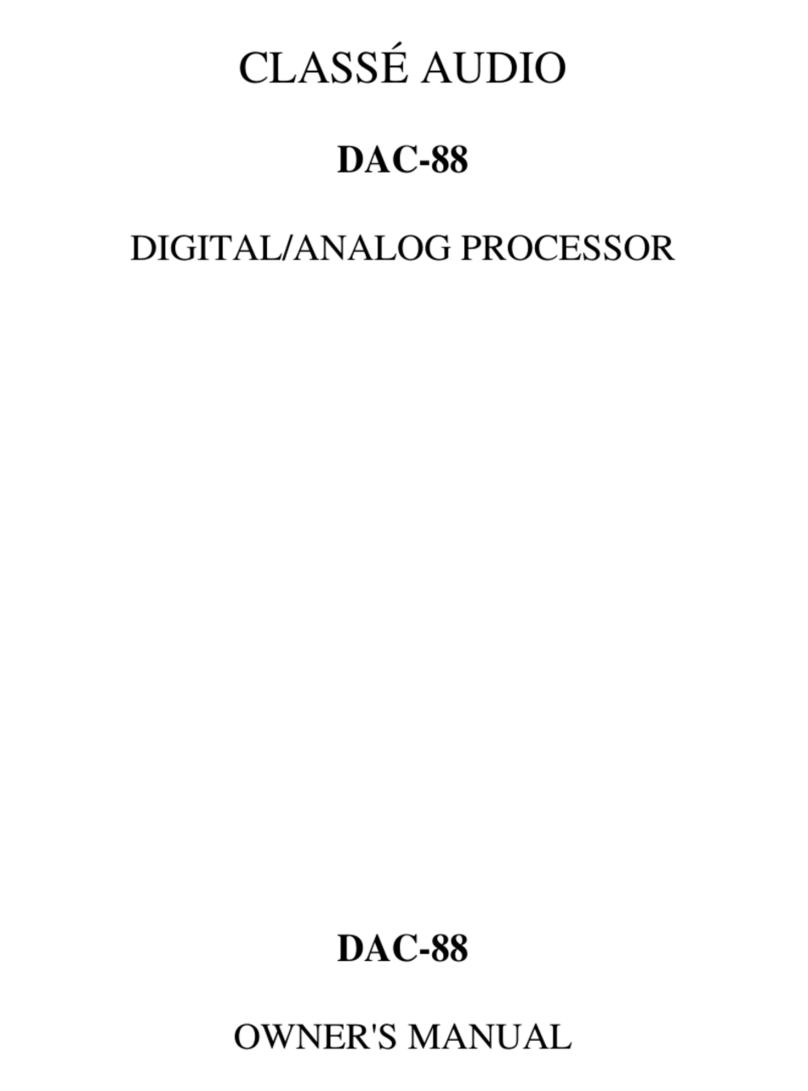4
Contents
Introduction ...................................................................................................... 6
Exceptional Design Features ............................................................................. 7
versatile connectivity ................................................................................ 7
superior performance ................................................................................ 7
clean, dedicated power............................................................................. 7
high fidelity audio ..................................................................................... 7
professional grade video ........................................................................... 7
room equalization and speaker control..................................................... 8
flexible GUI .............................................................................................. 8
video preview ........................................................................................... 8
refined circuit design................................................................................. 8
extensive listening tests ............................................................................. 8
extraordinary longevity ............................................................................. 8
Unpacking and Placement................................................................................ 9
unpacking your SSP .................................................................................. 9
SSP-800 placement considerations............................................................ 9
CT-SSP rack-mount installation ............................................................... 10
CT-SSP stand-alone installation instructions ............................................ 10
warm-up/break-in period ........................................................................ 12
operating voltage .................................................................................... 12
voltage protection ............................................................................... 15
Front Panels .................................................................................................... 14
Rear Panel....................................................................................................... 17
serial number .......................................................................................... 17
The Remote Control........................................................................................25
Initial Setup..................................................................................................... 27
step 1: AC ............................................................................................... 27
step 2: cables .......................................................................................... 27
step 3: sources......................................................................................... 28
step 4: amplifiers..................................................................................... 28
step 5: loudspeakers................................................................................29
step 6: power up ..................................................................................... 30
Understanding Surround Sound ...................................................................... 31
how many channels?............................................................................... 31
matrix or discrete?................................................................................... 31
post processing........................................................................................ 33
Using the SSP-800?CT-SSP .............................................................................. 34
source selection ...................................................................................... 34
mode selection........................................................................................ 35
video preview ......................................................................................... 36
controls ................................................................................................... 37
system trims......................................................................................... 37
configuration select............................................................................. 38
The Menu System ...........................................................................................39
system setup................................................................................................ 40
volume setup........................................................................................... 40
max volume ........................................................................................ 41
startup volume .................................................................................... 41
IR setup ............................................................................................... 41
automation.......................................................................................... 42
mute setup .......................................................................................... 42
input setup .............................................................................................. 43
name................................................................................................... 43



































